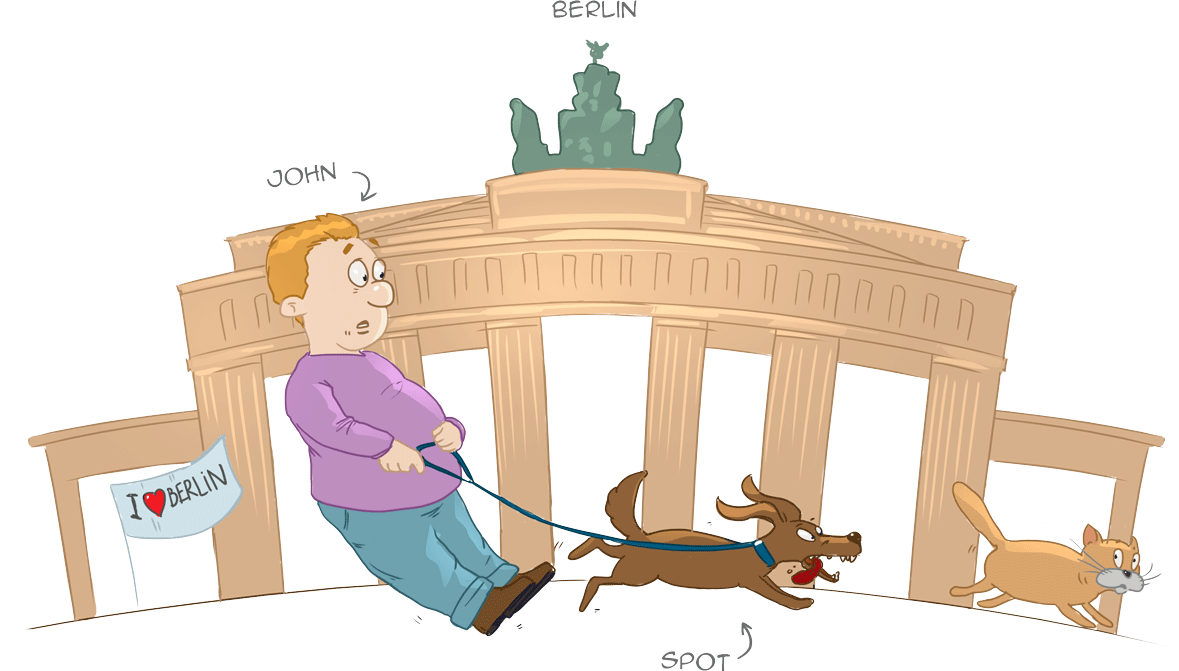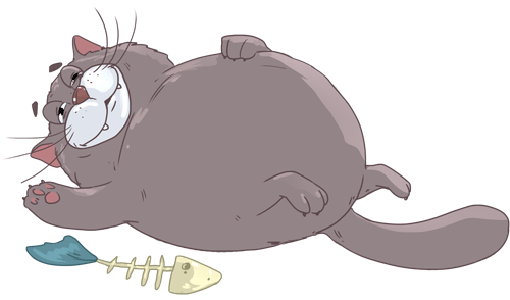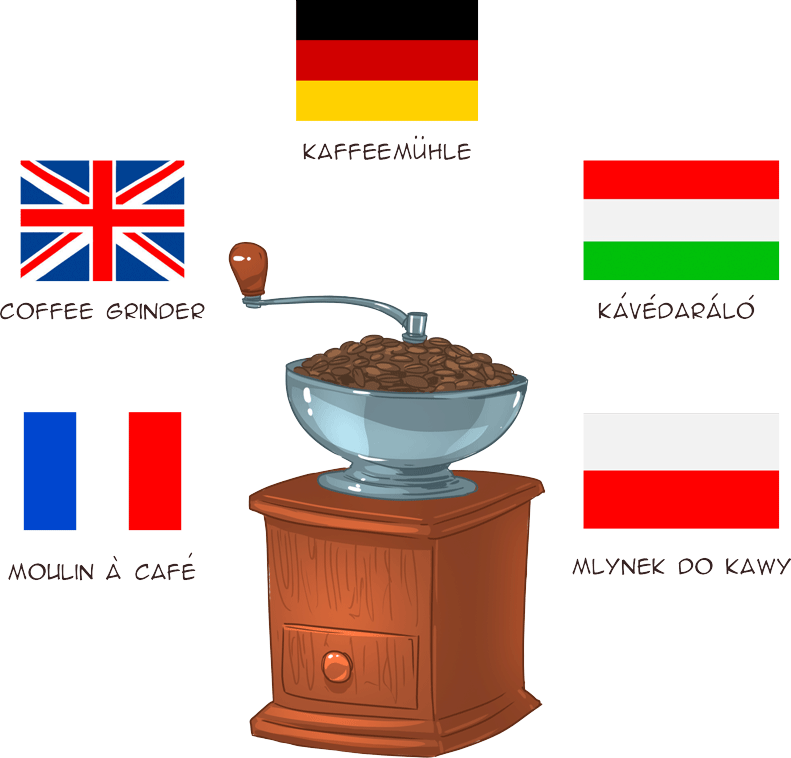Morphology
"Words, how they are made and how they change"
"Words, how they are made and how they change"
Morphology is the part of linguistics that analyses the internal structure of words and how this relates to their meaning.
Most people think of language in terms of words, but words are not the principle object of analysis in morphology. Instead, linguists are most interested in the morpheme, which can be defined either as the smallest unit of meaning in the grammar of a language or as "the smallest functioning unit in the composition of words". What both approaches share is the idea of smallest unit in building words or the grammar of a language.
Every word contains at least one morpheme and some may have many more. For example, the Esperanto word plimalboniĝintus (a verb meaning 'would have been getting worse') is made up of six morphemes.

That might seem like a lot, but words in some languages can be made up of many more morphemes.
Morphemes can either be free in which case they can appear by themselves like cat in English or kot in Polish or they may be bound, which means they have to appear together in the same word with some other element. The English and Polish plural endings -s and -y are bound.
 cat
cat
 cat-s
cat-s
Languages differ in which morphemes are bound and which are free. The Spanish word gato (cat) contains two bound morphemes gat- and -o, which marks the noun as masculine. If replaced with -a, the result is a female cat:
 gat-o
gat-o
 gat-a
gat-a
The Esperanto word for cat is kato, which is made up of two morphemes, the root kat- and -o which appears with all common nouns.
Often morphemes don't always have the same form. Different versions of the same morpheme are called allomorphs. The Hungarian word for cat is macska. Before the plural ending -k can be added the last vowel changes so that macska and macská- are allomorphs the of the same morpheme: macska + k = macskák.
In every language, words can be categorized into groups according to their function in sentences, these groups are called word classes (or parts of speech).
The only two parts of speech that are found in every language are nouns and verbs. Both are large classes with many sub-classes.
Nouns include:

There are also other types of pronouns including interrogative (who, what), negative (no one) and relative pronouns (who, which, that), the indefinite (somebody, something).
The most important distinction for verbs is between lexical verbs (also called full verbs) which indicate what someone or something does, like swim, speak, or think. On the other hand, auxiliary verbs have grammatical meanings, that is they're used together with lexical verbs usually to indicate a specific tense or mood. Examples include is walking, had gone.
Adjectives, which describe qualities may either function as a separate word class (as in many European languages) or be considered as a sub-class of nouns or verbs.
In most European languages, adjectives are more closely related to nouns, and as a result they express the same categories as nouns (like number and gender and case). In some languages, like Japanese, they are a sub-class of verbs and they express categories typical of verbs such as tense.
 taberu = eat (present tense)
taberu = eat (present tense)  tabeta = ate
tabeta = ate  akai = is red
akai = is red  akakatta = was red
akakatta = was red Other important word classes include conjunctions, which combine words or sentences, adverbs which modify various parts of a sentence and adpositions which indicate locational or other relationships between the noun they modify and the verb.
Morphological processes can be divided into two categories. Inflectional changes do not change the basic meaning of the word. Instead, they indicate the grammatical function of the word. A list of all the grammatical forms of a word can be called a paradigm. Here is a paradigm of the Esperanto word for name (nomo) which has two numbers (singular and plural) and two cases (nominative and accusative).
| singular | plural | |
|---|---|---|
| nominative | nomo | nomoj |
| accusative | nomon | nomojn |
Native speakers of a language don't think in terms of paradigms (often to the surprise of non-native speakers). But paradigms are a useful tool in language description and language learning. A convenient way to refer to all of the grammatical forms of a word is lexeme (or lexical word). The four Esperanto words in the paradigm above all belong to the same lexeme nomo.
Derivational changes come in two types. One type can change the part of speech a word belongs to (for example changing a noun into a verb or adjective, an adjective into a noun or adverb or a verb into a noun). In Polish the noun pytanie (question) is derived from the verb pytać (ask). The ending -nie is added to the root pyta-.
Another kind of derivational change doesn't change the type of word but changes the meaning enough that the result is a new lexeme. In German, adding aus- (out) to the verb sprechen (speak) changes the meaning to pronounce.
 aus- + sprechen = aussprechen
aus- + sprechen = aussprechen
Most morphological changes are carried out by means of affixes, which are bound morphemes added to a root. The most common affixes are prefixes added before the root and suffixes added afterward.
A convenient way of thinking of words is in terms of roots and stems. The root is the basic word or lexical and is always present. The stem is the root plus any derivational affixes to which inflectional affixes can be added. For example, the English word alphabet is simultaneously a root and a stem. The word alphabetize shares the same root but the stem is now alphabetize, with the addition of the derivational suffix -ize which turns it into a verb.
Inflectional affixes like -d for the past tense or -ing for the present participle are added to the stem with resulting forms alphabetized and alphabetizing.
Similarly, the Polish word przeczytam (I'll read it (all)) can be analyzed as being based on the root czyta- (read) to which the derivational prefix prze- (through) is added to make the stem przeczyta- (read through, read all of it). Finally the inflectional ending -m (first person singular) is added.
Prefixes and suffixes are examples of linear morphology (where morphemes are added in a linear order). In non-linear morphology a new morpheme begins before the first one ends.
A circumfix has two parts which appear in different places. In German many past participles are made with the circumfix ge- -t, like gesagt (said):
 sag- + ge- -t = gesagt
sag- + ge- -t = gesagt
An infix appears inside another morpheme, or in other words it interrupts it. In Tagalog the lingua franca of the Philippines sulat is a root that means write. The infix -um- turns it into a finite verb which focuses attention on the subject. So that sumulat means (someone) writes.
Ablaut is a phonemic modification of the root without the addition of any other element. In Europe the Germanic languages have lots of verbs that make the past tense by changing the vowel. In English the past tense and past participles are often made by changing the vowel of the root as in swim which becames swam in the past.
One of the more complex types of morphology is represented by the transfix, which imposes a pattern across a root. In Maltese, some adjectives have radically different but related forms according to gender. For these adjectives, the masculine pattern is vCCvC (v = vowel, C = consonant) while the feminine form is CvCCa.
| root | masculine | feminine | |
|---|---|---|---|
| white | b j d , | abjad | bajda |
| black | s w d | iswed | sewda |
Other types of morphological constructs include compound words, which combine more than one root to make a new stem. The German word for linguistics is Sprachwissenschaft, a compound word made up of the root Sprache (language) and Wissenschaft (science).
Some languages prefer compounding for making new words much more than others which prefer other methods such as nouns modified by prepositional phrases. Coffee grinder is a compound word in German Kaffemühle and Hungarian kavédaraló while it is a noun plus a prepositional phrase in French moulin à café and Polish młynek do kawy.

Reduplication is repeating a word to express some kind of grammatical function. In Indonesian, nouns are repeated to make plural forms as in buku (book) and buku-buku (books). Sometimes only part of the word is repeated, as in Turkish beyaz (white) and bembeyaz (very white).
Suppletion is a complete change of word to make express a grammatical function. Often this is due to historical reasons. In Spanish the infinitive and future tense of the verb to go are descended from the Latin verb ire while the present tense is based on another Latin verb vadere (to advance).
| infinitive | ir | to go |
|---|---|---|
| future tense | iré | I'll go |
| present tense | voy | I go, I'm going |
Different languages like to add affixes in different ways. Sometimes languages are referred by the type of morphology that they rely on most. In agglutinating languages different grammatical functions such as person, number and case are expressed by separate affixes which are added to stems. In Turkish, the example evlerimin (of my houses) can be broken down into one root followed by three suffixes.
In fusional languages, affixes combine different functions so that the Czech ending -ů indicates plural number and genitive case at the same time. In addition when added to the noun dům (house) the vowel of the root changes and result is domů.
Isolating languages use far fewer affixes than agglutinating or fusional languages. To show grammatical relationships they use a combination of word order and the addition of separate words for the kinds of functions often indicated by affixes in more morphologically oriented languages. In Vietnamese, for example, tenses are expressed by adding particles before the lexical verb.
 Tôi đã xem phim.
Tôi đã xem phim.
 Tôi đang xem phim.
Tôi đang xem phim.
 Tôi sẽ xem phim.
Tôi sẽ xem phim.
The variety of ways that different languages change words in order to change their function is far broader than can be described here. Also, morphological processes, like other aspects of language, are never completely static and speakers of language are continuously changing them in small ways which can add up to big differences in a language over time.